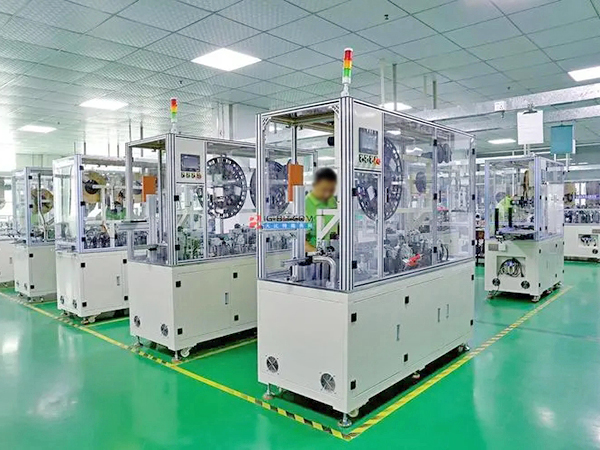In the field of modern industry and logistics, heavy equipment plays an indispensable role. However, with the advancement of technology and changes in market demand, how to move these heavy equipment more conveniently and efficiently has become the focus of attention in the industry. To this end, the heavy equipment with casters has become a proven solution. In this article, we will discuss in detail the benefits of adding casters to heavy equipment and how to add casters in two aspects!
First, the benefits of adding casters to heavy equipment
Improved mobility: casters can give heavy equipment excellent mobility, making it easy to transfer between locations. This not only reduces the labor intensity of manual handling, but also greatly improves work efficiency.
Reduced Risk of Damage: Through the rolling movement of casters, heavy equipment can be transported with less wear and tear on the floor and equipment, reducing the risk of damage.
Easy to adjust the position: casters enable heavy equipment to flexibly adjust the position, whether in the warehouse, workshop or production line, can quickly adapt to various needs.
Enhanced safety: Casters are often designed with stability and load-bearing capacity in mind, ensuring the safety of heavy equipment while on the move. In addition, some casters are equipped with locking devices that can secure the equipment in place when needed, preventing slipping or tipping.
Second, how to add casters to heavy equipment
Determine the needs: Before adding casters to heavy equipment, first of all, we should clarify the weight, size, frequency of movement of the equipment as well as the use of the environment and other elements, in order to select the appropriate type and specifications of casters.
Selection of casters: According to the needs of the equipment, select the appropriate type of casters (such as directional wheels, universal wheels, etc.), material (such as nylon, polyurethane, rubber, etc.), size and load-bearing capacity. Make sure the casters can bear the weight of the equipment and work stably in various environments.
Installation of casters: When installing casters, you need to make sure that they match the structure of the bottom of the equipment. Generally, casters can be fixed by drilling holes in the bottom of the equipment and installing bolts or welding brackets. During the installation process, care should be taken to maintain the perpendicularity of the casters to the ground to ensure that they roll smoothly.
Debugging and testing: After installing the casters, the equipment needs to be debugged and tested. Ensure that the casters can roll smoothly and the equipment remains stable during movement. If necessary, you can adjust the position or angle of the casters to achieve the best results.
In short, adding casters to heavy equipment can bring many benefits, such as improving mobility, reducing the risk of damage, easy to adjust the position and improve safety. When retrofitting casters, you need to choose the right type of casters and specifications according to the needs of the equipment, and ensure that the installation is solid and smooth commissioning. With the continuous progress of technology and the continuous development of the market, more innovative caster products and application programs will appear in the future to provide more convenient and efficient solutions for the movement of heavy equipment.
Post time: Dec-05-2024



